Flexibility is one of the most important traits a martial artist can have. Flexibility plays such an important role in martial arts. It allows you to move quicker and more fluidly. It can help make your techniques more effective, amongst other benefits.
Martial artists since the old days have been practicing flexibility. If you arent a flexible person, it is probably because of your genetics and past experiences. But if you work on it, you will see the benefits soon enough.
Injury Prevention
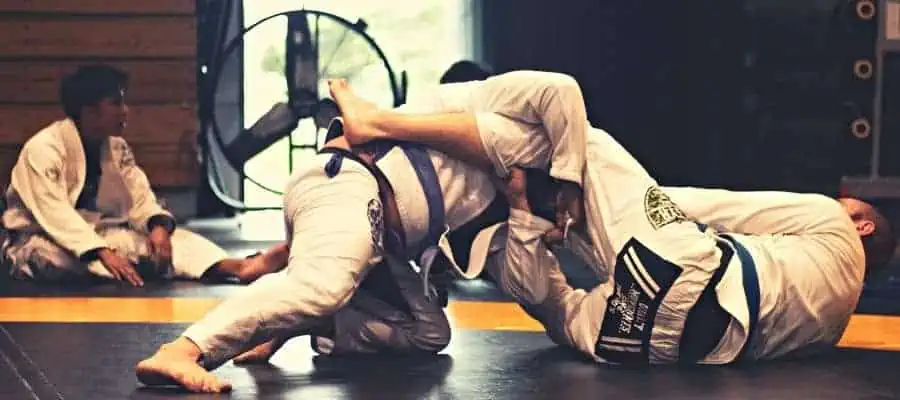
First, flexibility will help you avoid injuries. When you train, your muscles become tighter and less flexible. If you don’t stretch and work on your flexibility, you are more likely to pull a muscle or get injured. As a martial artist, you never know in which position you will find yourself next.
You might react instinctively to one of your opponent’s moves. That can force one of your muscles into an unnatural position and will injure your muscle. Flexibility helps you move your muscles and limbs in all the positions you might want or need. Let’s try and explain it better.
When you move one of your limbs, the muscle responsible for that action is an agonist muscle. The muscle responsible for your limb to go back into the normal position is called the antagonist muscle. When you work out, there is a high likelihood that you train one of your muscles more than the other.
That means your agonist muscle is trained more, which will make it stronger but also tighter. Because of that, you should start stretching after each workout. That will keep your agonist and antagonist muscles balanced. To avoid unnecessary injuries, you must work on the flexibility of your joints and your neck also.
More flexible but strong joints will stop you from injuring yourself if you make a wrong move. Developing strength and flexibility in your neck will make your neck more durable. A more durable neck helps you withstand more punches or kicks to the head. It will also help you protect yourself from brain damage.
Power Increase
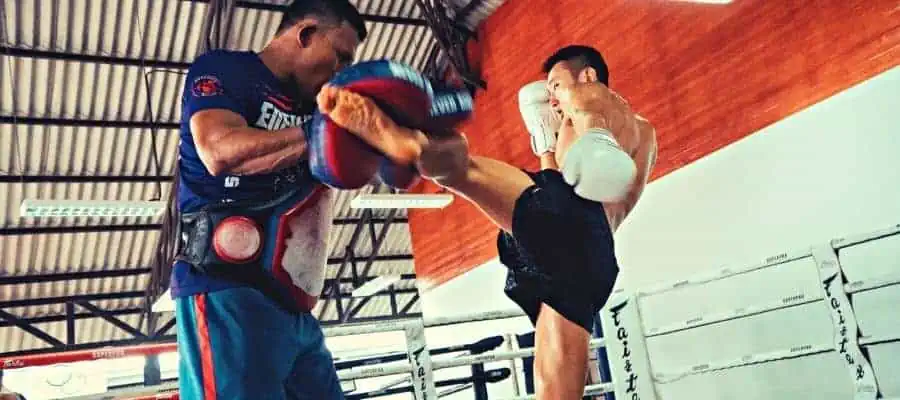
Flexibility is not just about how far you can move your body; it’s also about the quality of the movement. When you are flexible, your muscles can work through a greater range of motion. Martial artists who are more flexible tend to be more powerful than those who aren’t as flexible.
This is because they can generate more force from their bodies by using a greater range of motion. In simple terms, a flexible martial artist can throw a punch or a kick from a better position. That enables him to generate more force when hitting his target.
Think about it like this: if your muscles could only contract through a short range of motion, they couldn’t develop much power. Yet, if they could contract through a longer range of motion, they would be able to develop more power.
This is why flexibility is so important for athletes who need to produce a lot of force and power. And we know power and force are very important, especially for martial artists.
Improved Techniques

Better flexibility also leads to better techniques. When your body can move more freely, you can execute techniques with better form and accuracy. Flexibility will make your movements easier, which will make your techniques better.
This is especially important in striking-based martial arts such as Muay Thai. For example, when you are throwing a middle or a low kick, you are generating a horizontal movement. Your middle or low kick can is hindered by the lack of flexibility in your hips.
When you are throwing a high kick, you are generating a vertical and a horizontal movement. Your high kick can also be hindered by the lack of flexibility in your hips. A lack of flexibility in your adductors and your abductors to be precise.
The lack of flexibility in your adductors and abductors will make your kicks less fluent. If your kicks become less fluent, they will also be less powerful. The last thing you want as a martial artist is to compromise hard-learned techniques. Your techniques will not be compromised as long as you work on your flexibility.
BJJ fighters value flexibility greatly. It helps them put their opponents in different submissions. Their opponents may lack the flexibility to escape such submissions. Flexible BJJ fighters are stronger in grappling matches. The reason is they can use more moves and pull their opponents into more painful positions.
Endurance
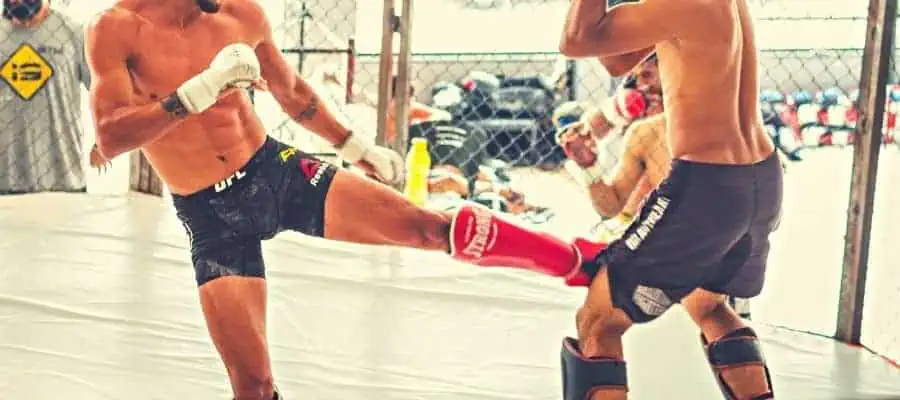
Another important benefit of flexibility is that it leads to better endurance. When your muscles are flexible, they don’t get tired as easily. If you are inflexible, you are forcing your muscles into unnatural positions. Forcing your muscles into those positions uses energy.
And we all know energy is important during training or a sparring session. Working on your flexibility will help your muscles move easier and will need less energy as a result. This means you can train or fight for longer periods.
You will also be able to train at a higher intensity without worrying about cramping. Additionally, flexibility allows you to breathe more easily. When your muscles are tight, it can restrict your breathing and cause you to feel short of breath.
By increasing your flexibility, you can take deeper breaths. Those deeper breaths will get more oxygen to your muscles which will help them to not tire out as soon. This will help improve your endurance during training.
Increased Range Of Motion
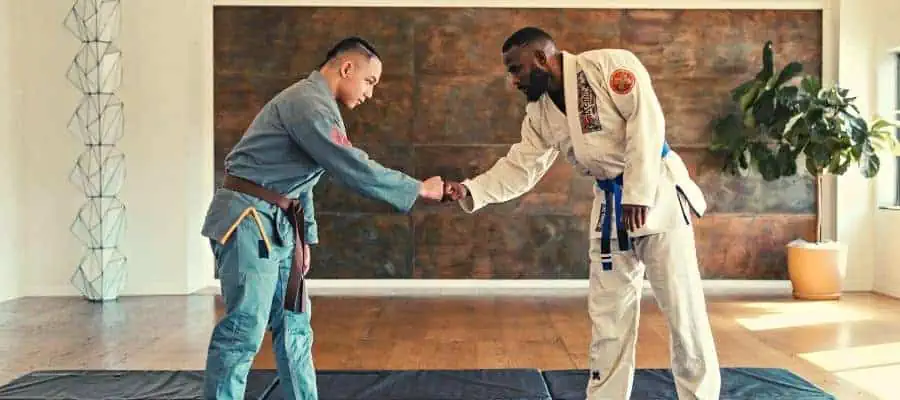
This one is pretty logical – the more flexible you are, the greater range of motion you will have in your joints. This is especially useful in grappling-based martial arts such as Brazilian Jiu-Jitsu. In BJJ, being able to move your limbs in a wider range can help you escape submission attempts.
It can also help you put yourself in a better position to submit your opponent. It will also give you the chance to withstand submission more easily. For example, there is always one person in the BJJ class that is so flexible that some techniques don’t work on them.
No matter how much you twist their arm or leg, they just do not tap. It will also help you become more fluent and help you generate more power with your punches and kicks. It may also help you avoid certain punches and kicks that your opponent may throw at you.
For example, leaning back to avoid a hook or a high kick requires a lot of flexibility in your abdominal muscles.
Better Balance And Coordination

Flexibility also leads to better balance and coordination. When your muscles are more flexible, they can react faster and with more precision. This will help you keep your balance in all situations, either while punching or kicking. An example can be when you stretch your quadriceps muscle.
While stretching the muscle, you are also working on your balance at the same time. But it also helps to keep your body in balance during training, sparring, or fighting. In Muay Thai, a great deal of training comes down to balance, especially when in the clinch with an opponent.
The more balance you have, the more control you have over yourself and your opponent. The more balance you have, the easier it is for you to throw your opponent off balance. Also, if you have more balance than your opponent, then you can defend against his attacks easier.
It also helps you coordinate your movements better. That leads to smoother and more efficient techniques. I am sure you have seen videos on social media about how fighters are thrown to the ground because they lack balance.
Their lack of balance comes from the lack of flexibility. To avoid that happening to you, practicing flexibility every day is a must.
Muscle Recovery
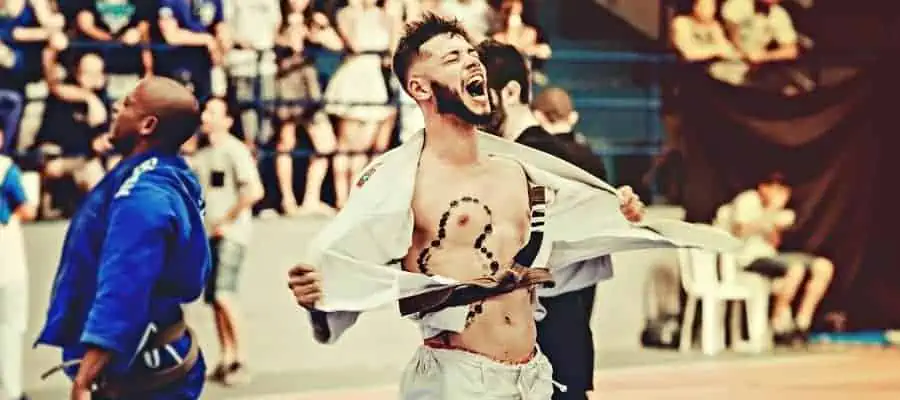
Flexibility is critical for optimal muscle recovery. When muscles are tight, they are more likely to get injured. They also take a longer amount of time to heal from the damage you cause them with each workout. Muscles usually take about 48 hours to recover.
But, if your muscles are tight and rarely stretched, it might take longer for them to recover. Regular flexibility drills during the day can help you with muscle recovery. You can do both dynamic and static stretches. Stretching helps by bringing more blood flow to the area you are stretching.
Flexibility can help improve circulation and reduce stress levels in your muscles. When muscles are tight, they can constrict blood vessels and limit circulation. This can lead to inflammation and pain. Stretching can help to loosen the muscles and improve circulation.
That will lower the inflammation and cause the muscles to recover sooner. Increased blood flow to your muscles may also enhance potential muscle development.
Muscle Building
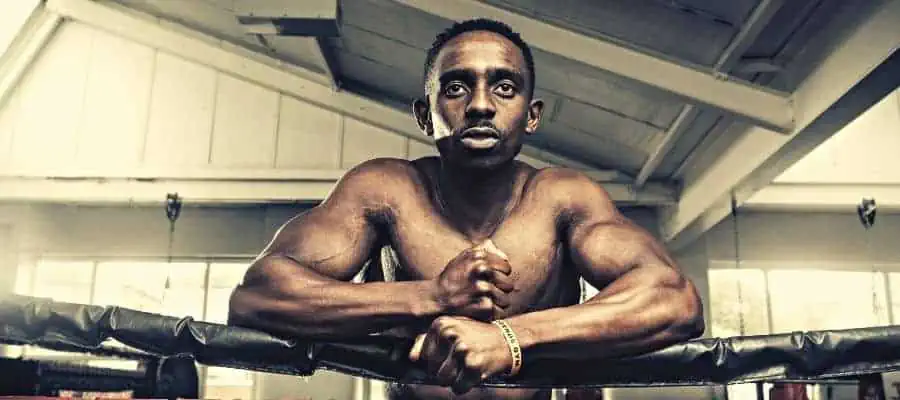
Flexibility is key for muscle development for many reasons. First, stretching helps to increase the range of motion. Range of motion is essential for achieving good form and technique when lifting. This can help to prevent injuries, as well as improve the effectiveness of your workouts.
Additionally, flexibility aids in recovery by helping to reduce muscle soreness and fatigue. Finally, maintaining a good range of motion can help you maintain your results over time. By having a greater range of motion, you reduce the risk of developing muscle imbalances.
Stretching also gives the muscle better blood flow and more oxygen. Both blood flow and oxygen are important for growth. There have been many studies done showing stretching helps muscles recover. It does it by bringing more blood to the muscle, which helps the muscle heal quicker.
Learning To Control Your Breathing
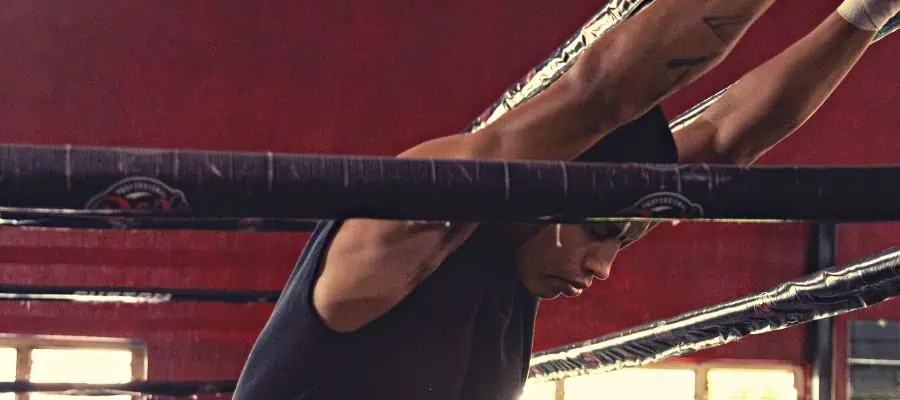
Controlling your breathing is also one of the benefits of stretching. It will help you master your breathing when you train or fight. It will also help you stay in a static position for a longer period. Proper breathing techniques help you move more oxygen to the muscles.
More oxygen helps the muscle recover and helps you avoid cramping. Proper breathing is a must in any kind of martial arts. Inhaling and exhaling at the correct times can help you execute techniques better. You must not labor on your breath; your breathing should be natural and relaxed.
For example, exhaling when you strike can help to increase the power of your attack. Inhaling when you block, or dodge can help to improve your reaction time. You can practice your breathing while doing dynamic stretches.
Try to breathe out the same way you do when you throw a punch or a kick. Sooner or later, proper breathing while training and stretching will become second nature.
Lower Stress Levels
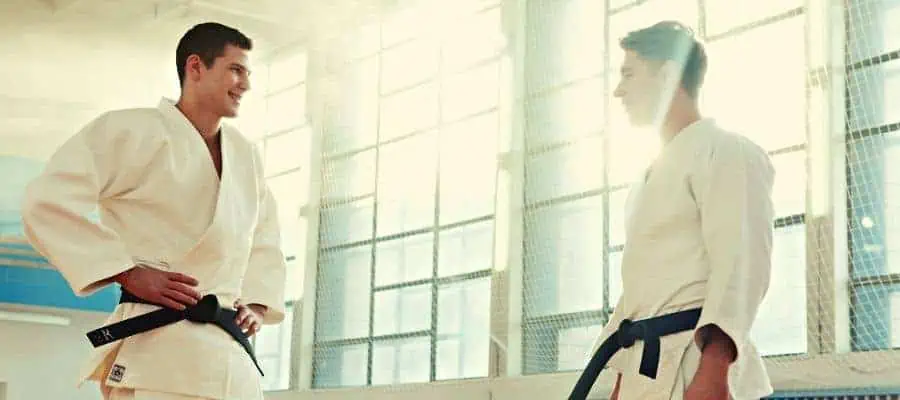
Last but not least, flexibility can also help lower your stress levels. Stretching and working on your flexibility helps reduce stress in your muscle. Relieving stress in your muscle helps you relax. This is one of the reasons why yoga is so popular – it’s a great way to relax both your body and mind.
In martial arts, your body and your mind are under a lot of stress during your training or fights. That is why stretching after each training session helps you reduce stress levels. If you train in the evenings, stretching helps wind down and relax before the night.
Working on your flexibility before bedtime is a great way to loosen your muscles and relax at the same time. You do not even need to be a martial artist to see the mental benefits of stretching.
Conclusion
Flexibility is of great importance when it comes to martial arts. It plays a big factor when training and fighting. It is important both in stand-up and grappling martial arts. Flexibility makes it possible to have stronger punches and kicks.
It gives you the chance to try out new techniques. It also helps with avoiding injuries and developing balance. So don’t forget, practice your flexibility daily and practice it correctly. Be sure to warm up before stretching. Do some dynamic stretches first and then some static stretches. Be consistent with your stretching routine, and you will see improvements very soon.
Recent Posts
What is Manachai's Fighting Style? Unveiling Muay Thai Mastery
Manachai, a celebrated figure in the Muay Thai world, has captivated audiences with his exemplary martial prowess. Hailing from the heartlands of Thailand, his name is synonymous with the art of...
What Was Chamuekpet Hapalang's Fighting Style? Unveiling Techniques
Chamuekpet Hapalang was a renowned figure in the world of Muay Thai (record 200-48-2), embodying a fusion of Muay Bouk and Muay Khao styles. Originating from Thailand, the art of Muay Thai is known...
